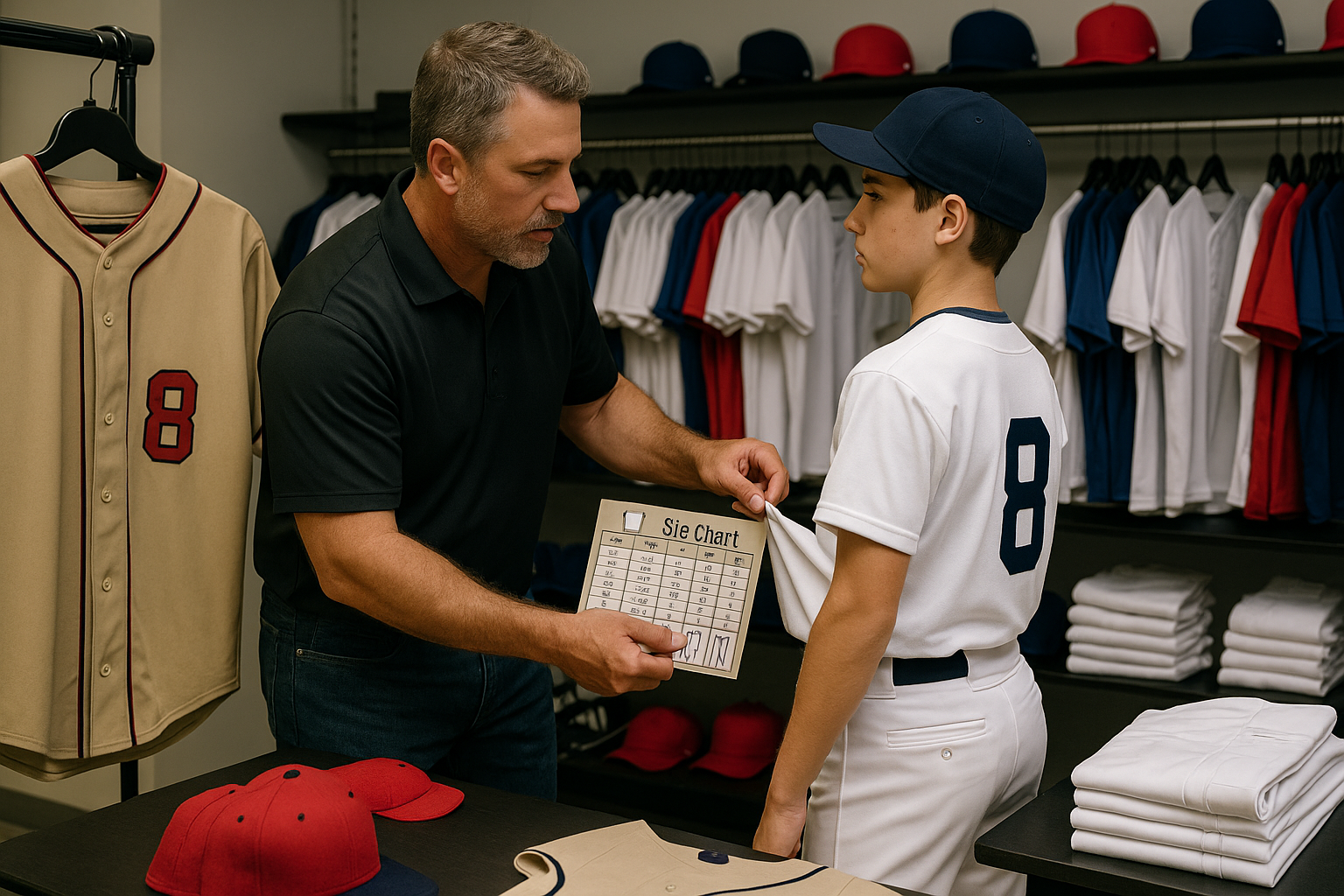A team’s uniform is more than just apparel—it’s part of its identity. Players want to look sharp, coaches want consistency, and parents want gear that fits comfortably and lasts all season. Selecting and sizing uniforms properly ensures everyone is happy on opening day and reduces the headaches of returns or mismatched gear.
Start with the Right Supplier
The process begins by choosing a supplier that offers quality, customization, and reliable delivery. Look for vendors with clear sizing guides, a variety of styles, and a strong track record of working with youth and travel teams. Uniforms should not only look professional but also withstand the demands of weekend tournaments, frequent washing, and outdoor conditions.
Decide on Styles and Packages
Uniform packages typically include jerseys, pants, hats, and sometimes belts and socks. Coaches should determine if the team needs multiple sets (home and away), practice jerseys, or optional fan apparel. Modern cuts, sublimated designs, and lightweight fabrics are popular choices because they combine comfort with durability. Consider how the uniforms will represent the team’s brand—colors, logos, and fonts should match consistently across all items.
Gather Player Measurements
Sizing is where most mistakes happen, but preparation helps. Start by collecting each player’s measurements—chest, waist, inseam, and height. Most suppliers provide a size chart that links these measurements to recommended sizes. Encourage parents to measure rather than guess, as “small” or “large” can vary by manufacturer.
Use Sample Kits or Fitting Nights
If possible, request a sample sizing kit from the supplier. Players can try on jerseys and pants to confirm the fit before placing a full order. Many programs also host fitting nights where the entire team tries on gear and finalizes sizes together. This step eliminates most surprises and gives families confidence that the uniforms will fit properly.
Factor in Growth and Comfort
For youth players, growth during the season is a real concern. It’s often wise to size up slightly—especially for pants and jerseys—to ensure uniforms still fit by the end of the year. At the same time, avoid going too large, as oversized uniforms can look sloppy and hinder performance. Comfort is just as important as appearance; uniforms should allow free movement for sliding, throwing, and running.
Confirm and Double-Check Orders
Once sizes are selected, create a master roster with every player’s name, number, and size. Share this with parents for final confirmation before submitting to the supplier. Written approval reduces errors and miscommunication, ensuring everyone gets what they expect.
Plan for Exchanges
Even with careful preparation, occasional sizing issues will happen. Work with a supplier that offers a fair exchange policy, and consider ordering a couple of extra jerseys or pants in common sizes as backups. Having spare gear on hand can save time and prevent stress once the season begins.
The Takeaway
The proper way to select and size for baseball uniforms combines planning, communication, and attention to detail. Choose a quality supplier, involve families in the fitting process, and double-check everything before placing the order. By doing so, teams not only look unified but also feel comfortable and confident, ready to focus on the game instead of their gear.

